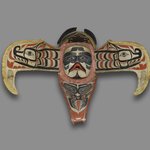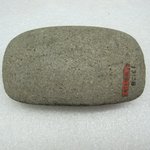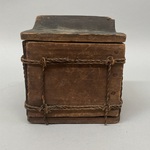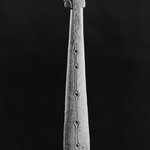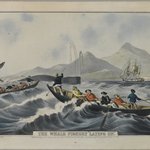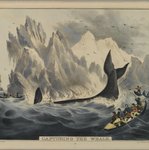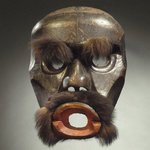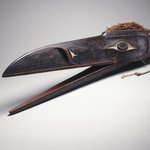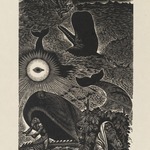Baleen Whale Mask
Arts of the Americas
Marine animals, including whales, were long part of the Northwest Coast peoples’ diet. Whale hunting required courage, physical strength, and technical knowledge. This mask was likely worn by a Kwakwa̲ka̲’wakw chief during winter potlatch ceremonies to demonstrate his prestige and celebrate the bounty of the sea. Wearing the heavy mask along his back, the dancer used interior cords to manipulate the fins, mouth, and tail and to mimic swimming and diving. The privilege of performing with a mask, along with the related stories, is passed down through the generations; tribe members perform the whale dance to this day.
MEDIUM
Cedar wood, hide, cotton cord, nails, pigment
DATES
19th century
DIMENSIONS
23 5/8 x 28 1/2 x 81 1/8 in. (60 x 72.4 x 206 cm)
(show scale)
ACCESSION NUMBER
08.491.8901
CREDIT LINE
Museum Expedition 1908, Museum Collection Fund
CATALOGUE DESCRIPTION
Large wooden whale mask carved from 14 pieces of cedar, including the main body carved from one large piece that has been hollowed out. Movable lower jaw, flippers, and flukes are controlled with cords. Head is painted with a red and blue nose and blue eye sockets. Beneath each eye, is black stripe with white dots. Collar is made up of a blue fin design. The whale's blow hole is in the form of a painted and carved face. The dorsal fin, once detachable, is painted and carved with an animal face in profile. The torso is painted with white and blue stripes, and large white dots, running the length of the body which has a white underside.
MUSEUM LOCATION
This item is not on view
CAPTION
Kwakwaka'wakw. Baleen Whale Mask, 19th century. Cedar wood, hide, cotton cord, nails, pigment, 23 5/8 x 28 1/2 x 81 1/8 in. (60 x 72.4 x 206 cm). Brooklyn Museum, Museum Expedition 1908, Museum Collection Fund, 08.491.8901. Creative Commons-BY (Photo: , 08.491.8901_view01_PS11.jpg)
IMAGE
overall, 08.491.8901_view01_PS11.jpg., 2019
"CUR" at the beginning of an image file name means that the image was created by a curatorial staff member. These study images may be digital point-and-shoot photographs, when we don\'t yet have high-quality studio photography, or they may be scans of older negatives, slides, or photographic prints, providing historical documentation of the object.
RIGHTS STATEMENT
Creative Commons-BY
You may download and use Brooklyn Museum images of this three-dimensional work in accordance with a
Creative Commons license. Fair use, as understood under the United States Copyright Act, may also apply.
Please include caption information from this page and credit the Brooklyn Museum. If you need a high resolution file, please fill out our online
application form (charges apply).
For further information about copyright, we recommend resources at the
United States Library of Congress,
Cornell University,
Copyright and Cultural Institutions: Guidelines for U.S. Libraries, Archives, and Museums, and
Copyright Watch.
For more information about the Museum's rights project, including how rights types are assigned, please see our
blog posts on copyright.
If you have any information regarding this work and rights to it, please contact
copyright@brooklynmuseum.org.
RECORD COMPLETENESS
Not every record you will find here is complete. More information is available for some works than for others, and some entries have been updated more recently. Records are frequently reviewed and revised, and
we welcome any additional information you might have.
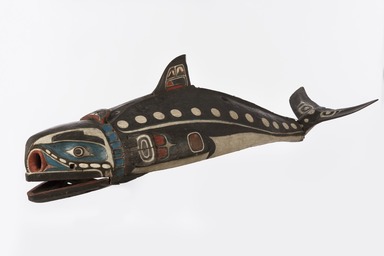

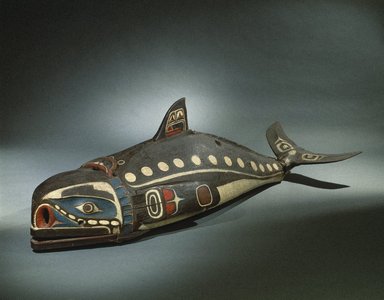
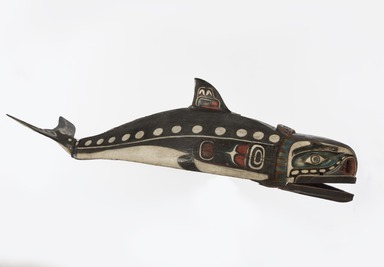
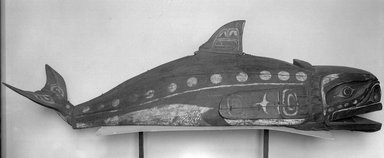


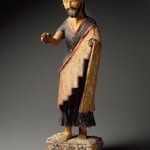
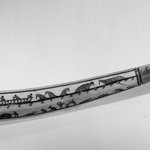



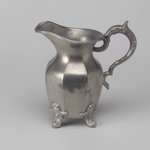
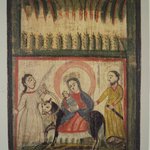
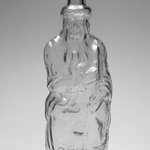
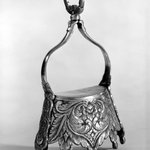
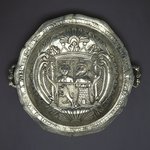
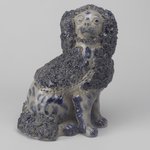
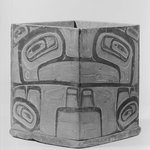

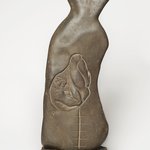
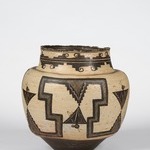
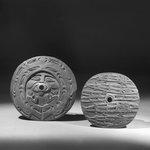

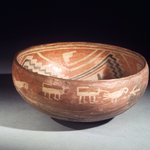

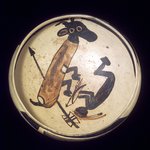
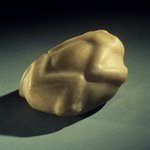
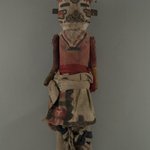
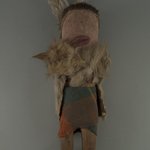
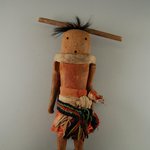

![Kachina Doll (Pakwen [Clown])](https://d1lfxha3ugu3d4.cloudfront.net/images/opencollection/objects/size2_sq/CUR.03.325.4606_front.jpg)
